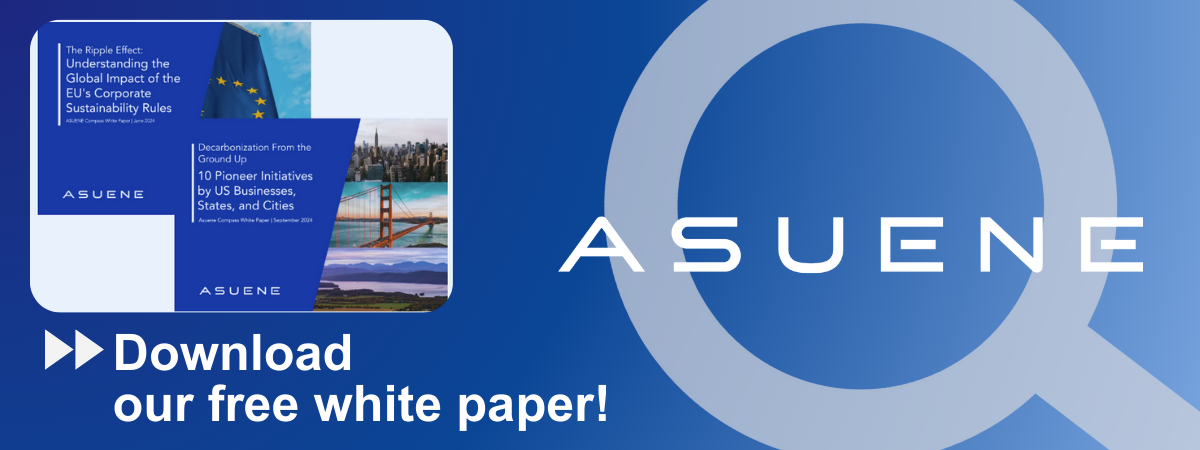- Article Summary
-
Overview: Why ELMS Matters in a Climate-Driven Agricultural Future
In the post-Brexit policy landscape, the UK is redefining agricultural subsidies through the Environmental Land Management Schemes (ELMS), placing environmental performance at the center of farming support. This system marks a fundamental shift from area-based payments to public money for public goods. At its heart, ELMS aims to reward practices that restore ecosystems, improve soil health, and reduce greenhouse gas emissions; core principles of regenerative agriculture.
This transition is not just about compliance; it is about transformation. As global demand for food continues to rise amidst tightening ESG disclosure requirements, the UK’s farmers are positioned to lead in low-carbon, resilient production models. ELMS is both a regulatory mechanism and a national strategy to align agricultural practices with the UK’s net-zero and biodiversity targets.
Understanding ELMS: A New Architecture for Sustainable Farming
ELMS consists of three interlinked components:
- Sustainable Farming Incentive (SFI): Open to most English farmers, this scheme pays for actions that improve soil health, water quality, hedgerow management, and low-input grassland maintenance.
- Local Nature Recovery: Encourages collaboration between farmers, communities, and local authorities to deliver targeted ecological outcomes like wetland restoration and species recovery.
- Landscape Recovery: Designed for large-scale, long-term projects focused on rewilding, woodland expansion, and peatland restoration.
The Sustainable Farming Incentive (SFI) is the most accessible and widely adopted element of ELMS. It is designed to reach a broad base of English farmers by offering financial rewards for simple, impactful land management actions. SFI focuses on improving core agricultural assets like soil, hedgerows, watercourses, and pasturelands. It includes multiple standards, each tailored to specific farming systems and outcomes.
Key standards under SFI include the Soil Standards (Introductory, Intermediate, and Advanced), which incentivize practices such as cover cropping, reduced tillage, organic matter enhancement, and nutrient management. Additional standards support low-input grasslands, integrated pest management, and the careful maintenance of hedgerows and field boundaries.
SFI is intentionally flexible, allowing farmers to select from a menu of actions suited to their land type and business goals. Agreements are typically one to three years in duration, with payments made annually and no requirement to enroll the entire farm. This approach reduces barriers to entry while encouraging gradual uptake of regenerative principles.
Moreover, SFI is structured to align with emerging carbon markets and supply chain sustainability demands. As such, many actions funded by SFI produce co-benefits: improved biodiversity, enhanced resilience to extreme weather, and reductions in greenhouse gas emissions. The simplicity, modularity, and data compatibility of SFI make it a foundational step toward scalable regenerative agriculture.
These tiers are designed to be modular and stackable, allowing farmers to select interventions aligned with their land type, enterprise model, and long-term sustainability goals. The system is evolving yearly, with new actions and payment rates updated regularly based on feedback and ecological performance.

ELMS and Regenerative Agriculture: Where Policy Meets Practice
Regenerative agriculture emphasizes improving natural systems rather than simply reducing harm. ELMS supports this transition by funding practices such as cover cropping and reduced tillage to enhance soil organic matter and promote microbial diversity. Hedgerow expansion and maintenance play a vital role in establishing biodiversity corridors that support pollinators and wildlife. Integrated pest management strategies minimize reliance on chemical inputs, while pasture-fed systems and rotational grazing techniques enhance soil health and increase carbon sequestration.
These practices reflect foundational regenerative principles. Minimizing soil disturbance helps protect soil structure and ecosystems. Maintaining living roots year-round supports carbon capture and nutrient cycling. Maximizing plant diversity improves resilience, productivity, and ecosystem services. Integrating livestock closes nutrient loops and stimulates soil biological activity.
| Regenerative Practice | Supported ELMS Action | Payment (GBP/ha/year) |
|---|---|---|
| Cover cropping | Intermediate Soil Standard (SFI) | £40 – £55 |
| No-till farming | Advanced Soil Standard (SFI) | £58 – £75 |
| Diverse swards | Low Input Grassland (SFI) | £95 – £100 |
| Hedgerow management | Hedgerow Assessment & Management | £10 – £20 per 100m |
This financial support, combined with technical guidance, helps derisk the transition to regenerative models while building long-term productivity and resilience.
Monitoring, Measurement, and Markets: ELMS in the ESG Era
A key innovation within ELMS is its emphasis on measurable outcomes. With increasing demand from markets and regulators for emissions and biodiversity data, ELMS incentivizes the use of Monitoring, Reporting, and Verification (MRV) tools.
- Soil carbon baselining and longitudinal tracking of organic matter are now embedded in many SFI standards.
- Biodiversity monitoring tools, such as digital hedgerow mapping and habitat assessments, align with DEFRA’s Net Gain mandates.
- Integration with carbon markets: ELMS actions can be stacked with private carbon credits as long as double counting is avoided.
This positions UK agriculture to be not just compliant but competitive in an ESG-driven economy. Retailers and investors increasingly require transparent reporting, and ELMS provides the infrastructure to meet that demand.
Conclusion: A Scalable Model for Regenerative Agriculture Worldwide
The Environmental Land Management Schemes represent a bold experiment in national land stewardship policy. By embedding regenerative agriculture into the core of its farm payment system, the UK is creating a template for how governments can align fiscal policy with planetary boundaries.
Challenges remain, notably around farmer engagement, administrative complexity, and data infrastructure. However, the modular, adaptive design of ELMS allows it to evolve rapidly in response to scientific evidence and stakeholder feedback.
If successful, ELMS could be a global model for climate-aligned agricultural reform. It not only equips farmers to adapt but empowers them to lead the transition toward food systems that are profitable, equitable, and regenerative by design.
Why Work with ASUENE Inc.?
Asuene is a key player in carbon accounting, offering a comprehensive platform that measures, reduces, and reports emissions, including Scope 1-3, with expertise in decarbonization. Asuene serves over 10,000 clients worldwide, providing an all-in-one solution that integrates GHG accounting, ESG supply chain management, a Carbon Credit exchange platform, and third-party verification.
ASUENE supports companies in achieving net-zero goals through advanced technology, consulting services, and an extensive network.


